– 150 years of history at The Royal Children’s Hospital –
A concise and chronological record of the rich and diverse 150-year history of The Royal Children’s Hospital (RCH).
Please feel free to scroll through all 150 years or easily filter information via categories or tags.
The historical images have been sourced from the RCH Archives and Collections, unless stated otherwise.
Images have been chosen to illustrate the subject matter and may not necessarily reflect the date of the event.
The RCH has produced such an immense amount of groundbreaking achievements and we cannot assume to have captured them all here.
Do you think an achievement, person, or event is missing? Please send your suggestion to: archives@rch.org.au. We hope you enjoy exploring!
1887
Nurse Training School Officially Recognised
Training has long been an important facet of the hospital’s operations, especially in the early years when paediatric care was still developing as a specialty discipline.
1889
Nurse Training Given an Overhaul
Formal lectures and examinations were introduced, with badges and certificates awarded to successful trainees.
1896
Behring’s Diphtheria Antitoxin Successfully Used
Diphtheria is an infectious disease that is now largely prevented by immunisation.
1897

The Hospital’s First X-ray Apparatus
Eager to stay up-to-date with new technology, the hospital committee purchased x-ray equipment for £25.
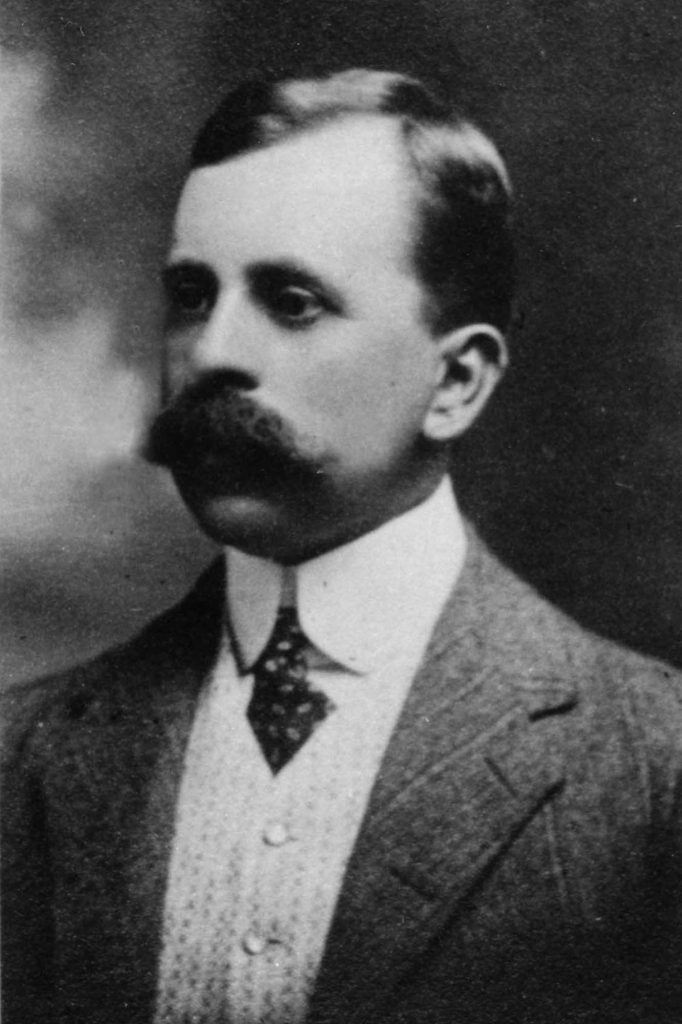
Radiology Department Established
Led by Dr Herbert Hewlett, the hospital kept abreast of diagnostic developments available with this new discipline and was the first Melbourne public hospital with a radiology department.
1921
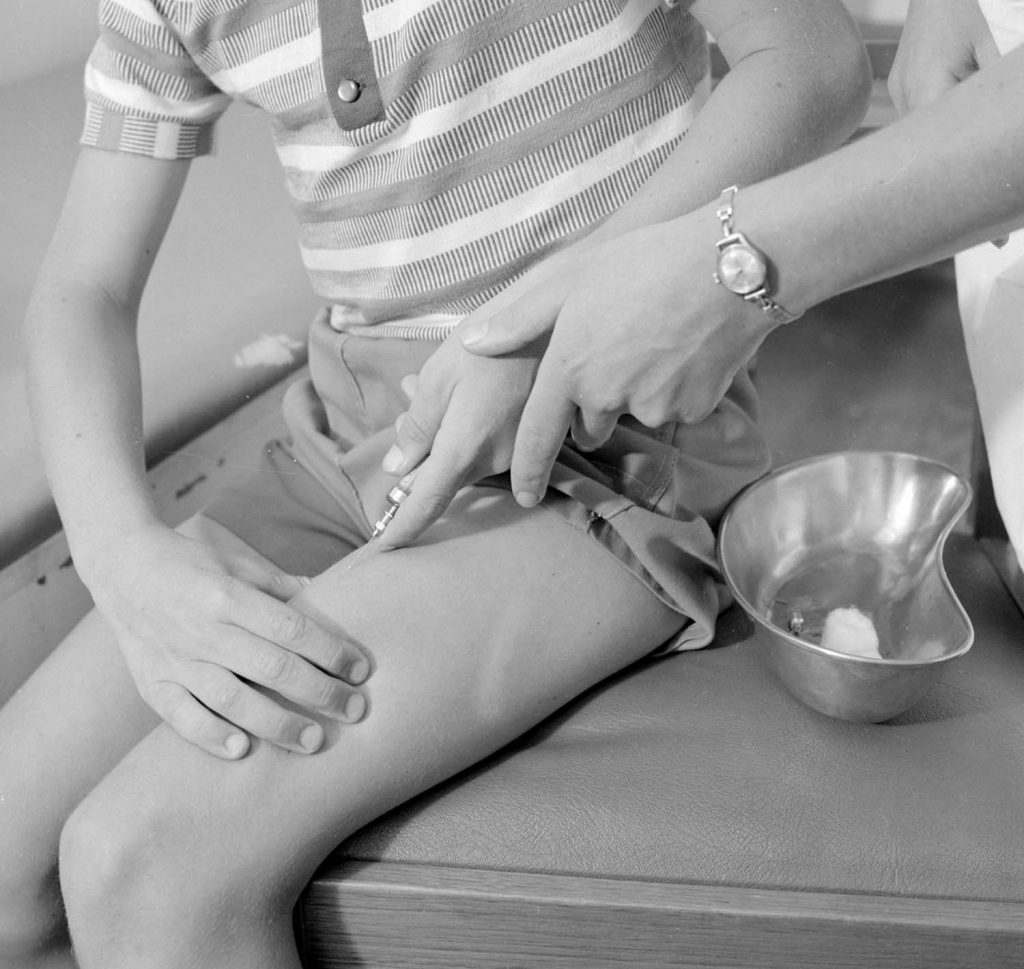
Discovery of Insulin
Discovered in Canada, insulin has saved lives worldwide.
1925
Polio Serum Trials
First use of human immune serum delivered in the pre-paralytic stage of polio. Research into the serum saw its use discontinued.
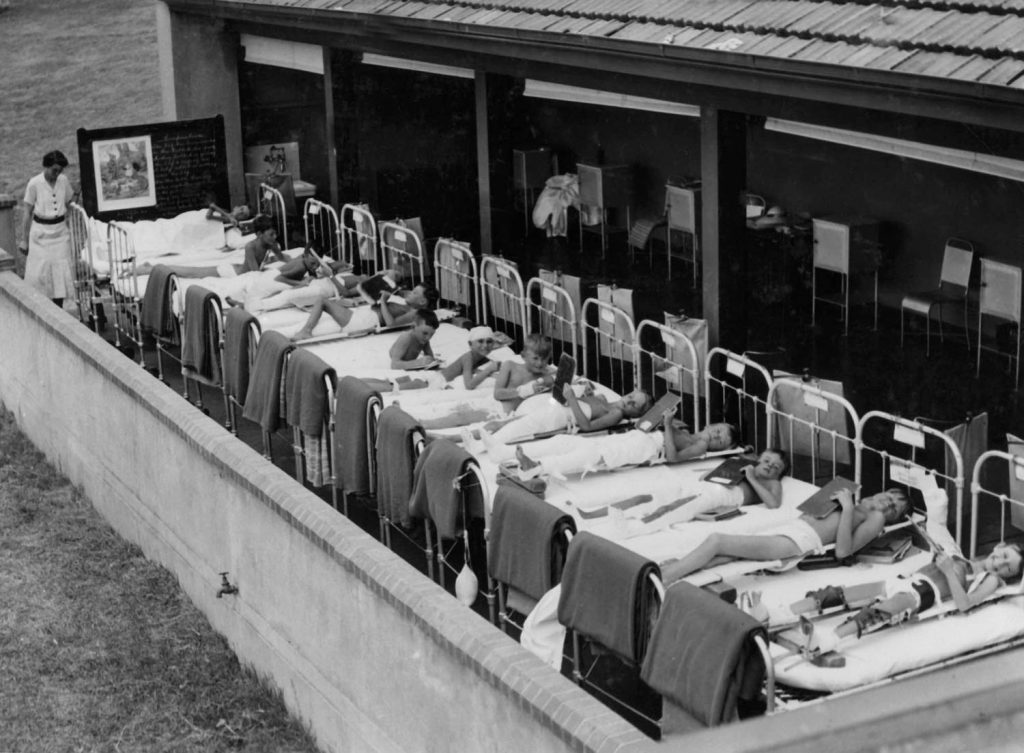
Heliotherapy Introduced to Australia
Doctors who had worked in Europe during the war brought the concept of heliotherapy to Australia. Mr Wilfred Kent Hughes was a particularly strong advocate for the treatment style and a heliotherapy ward was opened at the Hampton Convalescent Home.
1943

Dr Elizabeth Turner
The first woman to become medical superintendent at the hospital, Turner also administered the hospital’s first penicillin treatment in 1944 and was instrumental in the development of a travelling incubator to help bring babies to the hospital.
1944
Beginning of the Antibiotic Era
First discovered by Sir Alexander Fleming in 1928, antibiotics entered general use at the hospital in the 1940s.
1946
Introduction of Diabetic Holiday Camps
Dr Geraldine Amies, a diabetic herself, introduced diabetic camps to help improve the quality of life for diabetic children.
Specialist Appointments
In a show of the professional developments of the time, the hospital committee appointed three new specialists: Mr Reginald Hooper as neurosurgeon; Dr Graeme Robertson as neurologist; and Mr Benjamin Rank as plastic surgeon.
1947
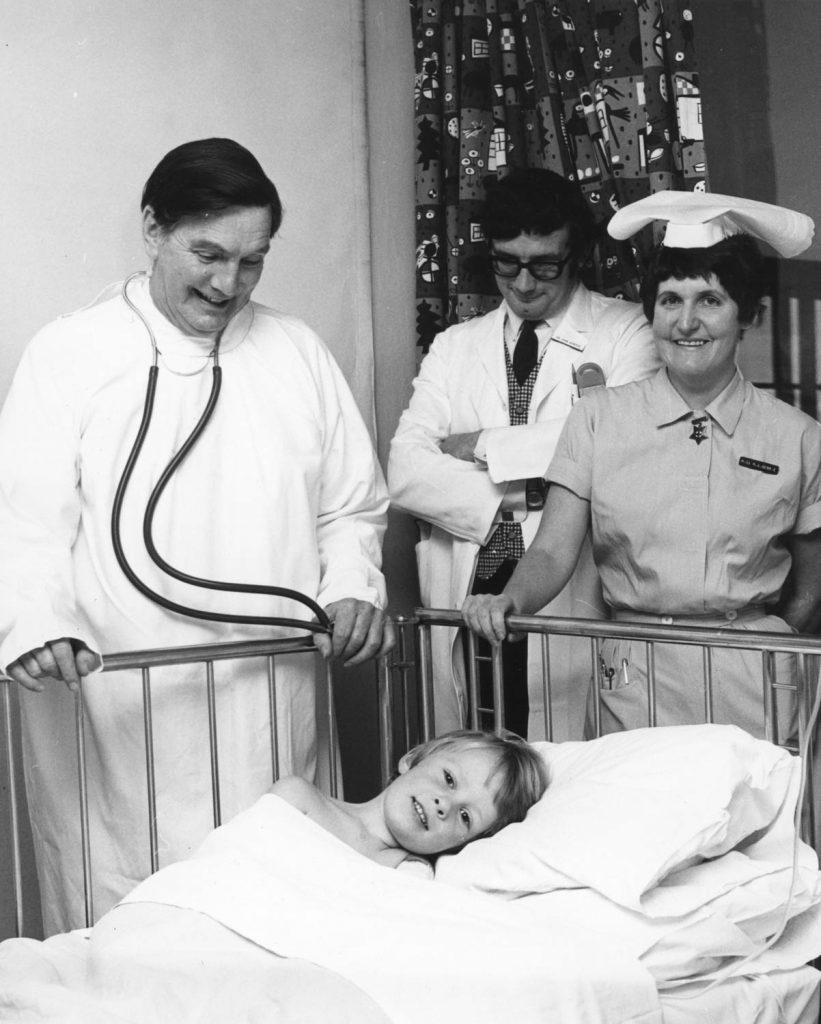
Antibiotic Streptomycin Tuberculosis Treatment
Dr Stanley Williams applied the hospital’s first treatment of tuberculosis with streptomycin.
1948
Establishment of the Clinical Research Unit
First Trials of Leukaemia Treatment
Led by Dr John Colebatch AO, the hospital implemented the world’s first controlled trial of chemotherapy treatments for leukaemia - previously considered untreatable.
1950
First Attempt to Separate Conjoined Twins
Neurosurgeon Mr Reginald Hooper conducted surgery on twin girls joined at the head. Sadly, the operation was unsuccessful.
1962

Endocrine Clinic Formally Established
Of particular relevance to the care of children, Dr Norman Wettenhall AM’s interest in endocrinology was formalised as a specialty area of research.
1970

Publication of Jones’ Clinical Paediatric Surgery
Edited by Mr Peter Jones, most of the hospital’s surgeons contributed to this textbook and demonstrated the broad range of expertise at the hospital.

Dr John Stocks Trialled a New Method to Keep Babies’ Lungs Inflated
Continuous Positive Airway Pressure (CPAP) treatment saves the lives of hundreds of premature babies.
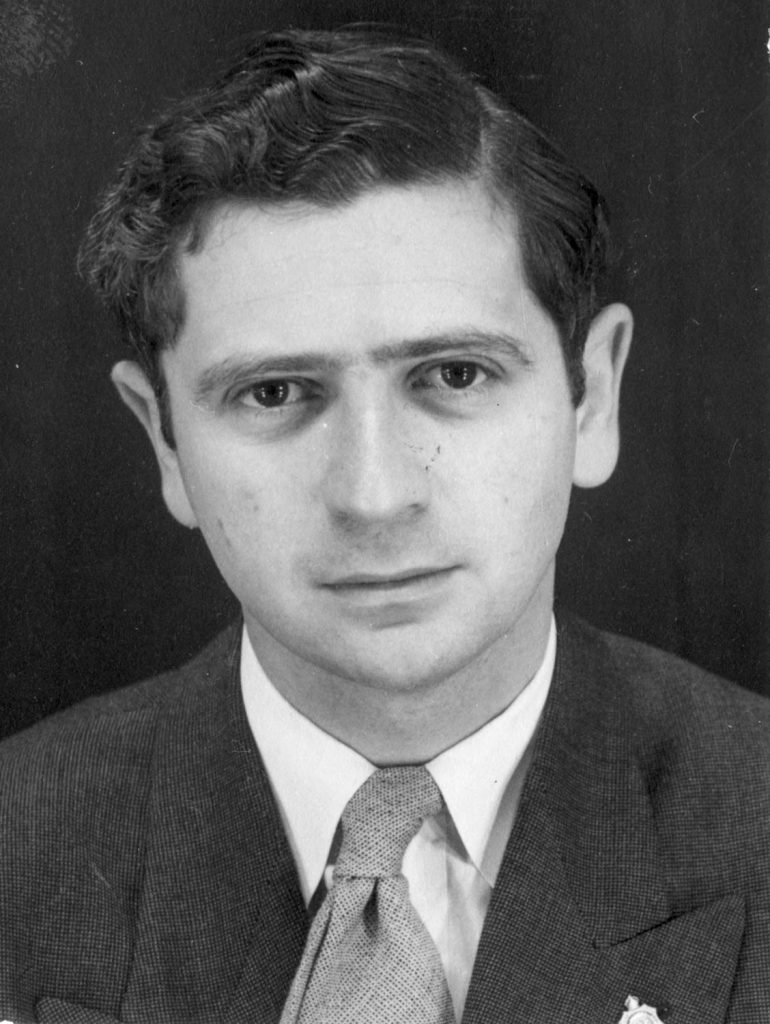
International Paediatric Surgery Congress
Leading paediatric surgeons presented papers at the hospital, organised by surgeon Mr Nate Myers AM.
1973
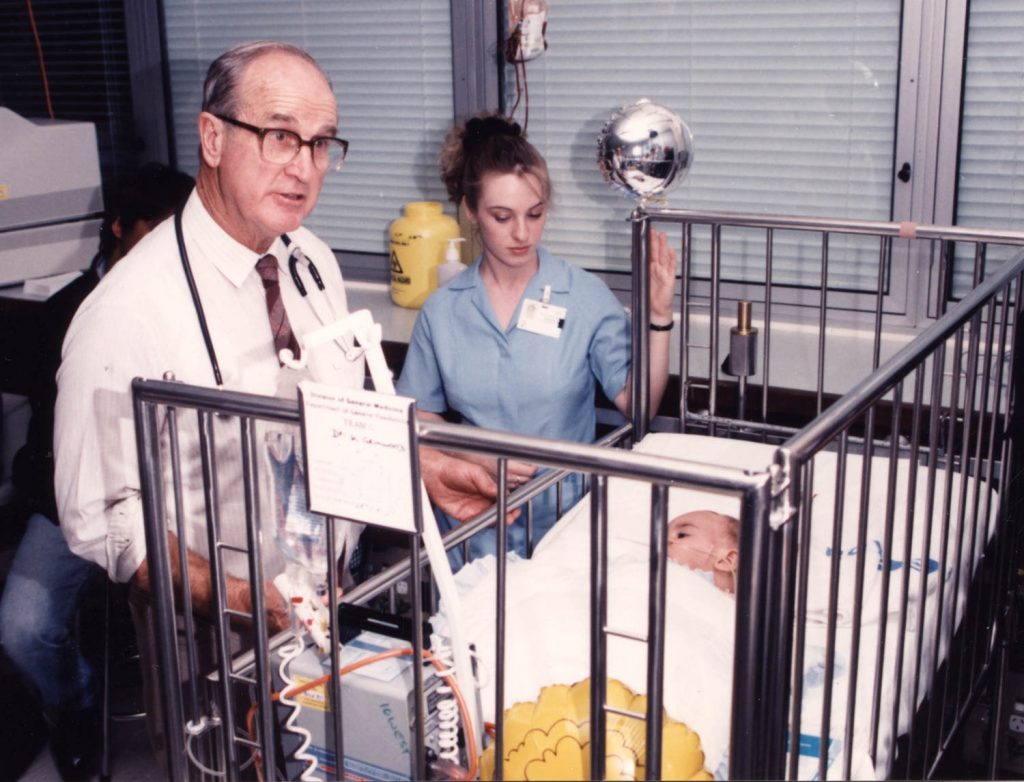
Nephrology Clinic Formally Established
Under direction of Dr David McCredie AM, facilities for dialysis treatment of children were established.
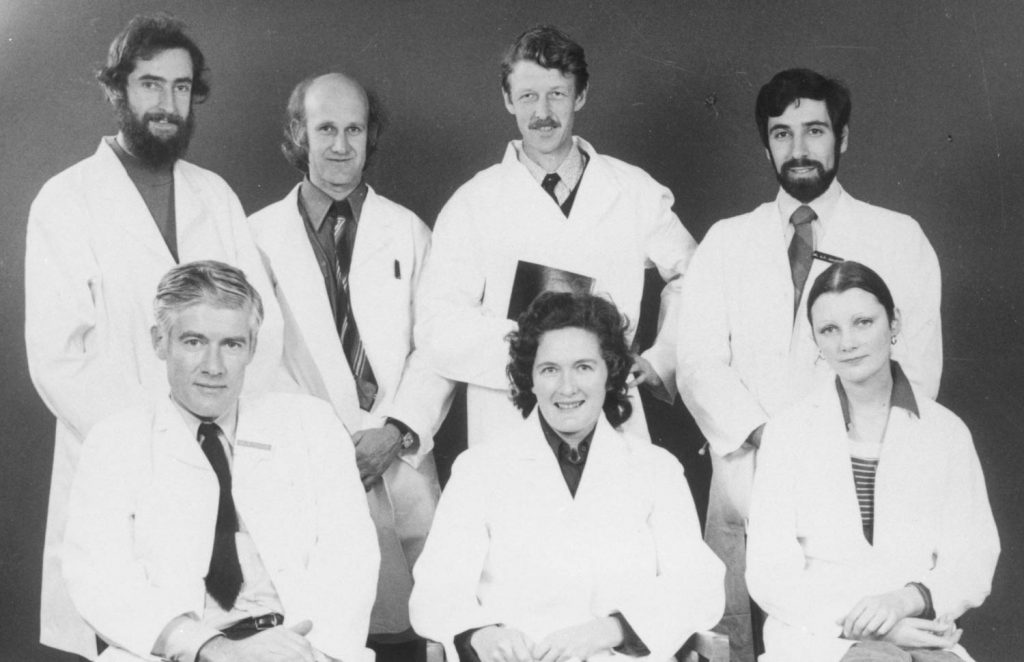
Rotavirus Discovered
Professor Ruth Bishop AC, Dr Rudge Townley, Professor Geoff Davidson, and Associate Professor Ian Holmes, discovered rotavirus, a common cause of gastroenteritis.
1974
Department of Thoracic Medicine Established
Professor Peter Phelan AM was appointed director.
1975
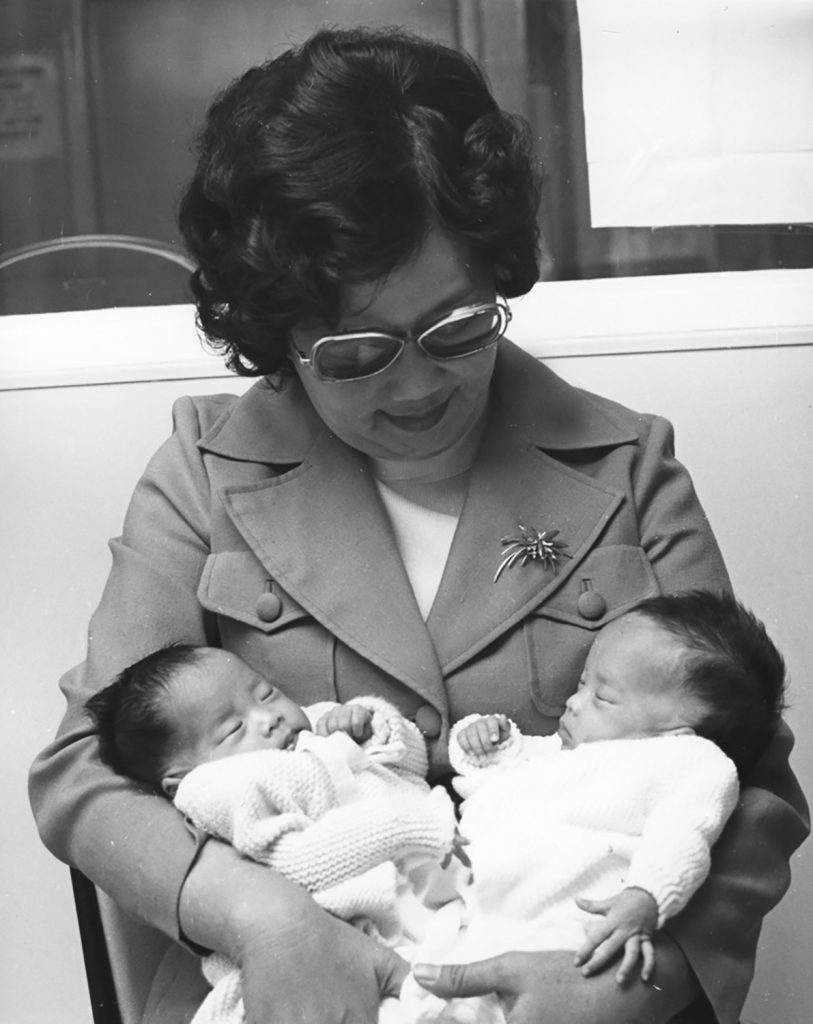
Two Sets of Conjoined Twins Safely Separated
In August the Foo twins, Yew Sun and Yew Te, were separated by Mr Peter Jones. In October the Priestly twins, Grant and Andrew, were separated in an operation headed by Mr Nate Myers AM.
1976
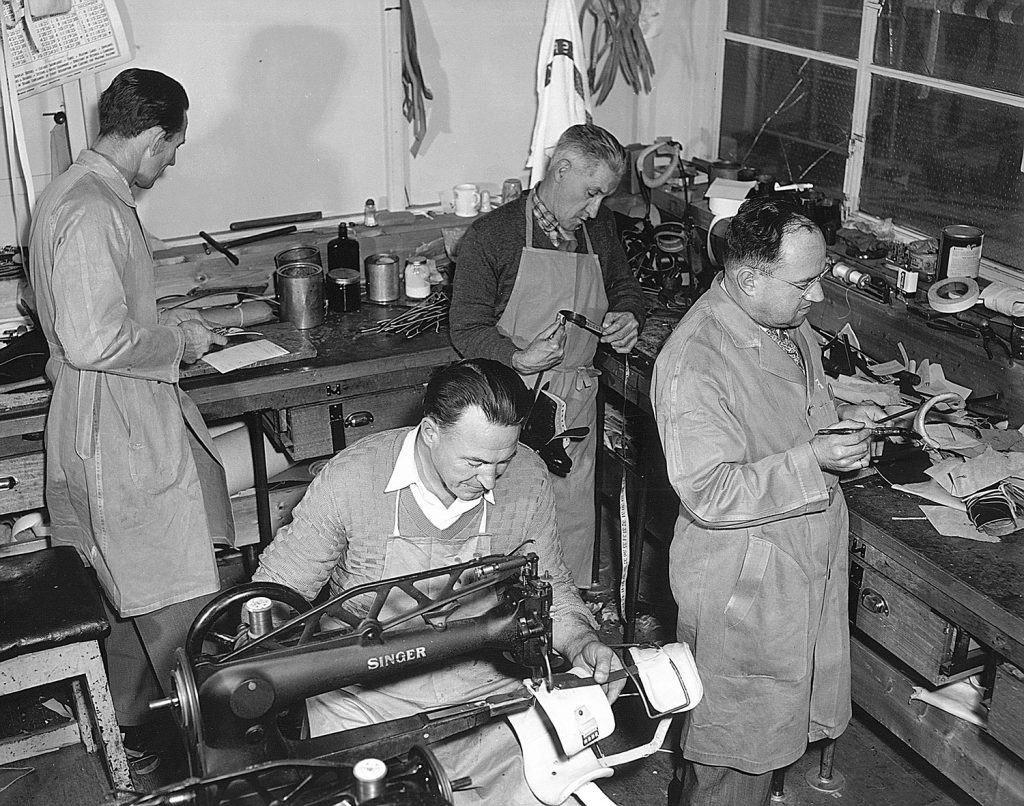
Splint Shop Became Orthotic Department
From the 1950s, due to increased efficacy and implementation of immunisation, contagious diseases such as bone tuberculosis began to decline. With the diminished need for splints, in the 1970s the Splint Shop began to serve a wider range of conditions, using synthetic materials to create orthoses and prosthetics.
1977
Ultrasound Technology Introduced at RCH
Dr Valerie Mayne secured the purchase of an Octoson ultrasound machine, which was an Australian design.
1983

Professor Peter Phelan AM
Phelan was installed as professor of paediatrics at the University of Melbourne. Revision of the paediatric curriculum allowed increased specialisation in paediatrics.
1987
Murdoch Institute launched POSSUM
Developed by the hospital’s staff, including Professor David Danks AO, Dr Agnes Bankier OAM and Dr David Pitt, POSSUM was designed to record and identify birth defect syndromes.
1988
First Heart Transplant at the RCH
October 5th, 1988
Chief Cardiac Surgeon Mr Roger Mee AO performed the operation, with the support of a talented cardiac team.
1992
Introduction of High Frequency Oscillatory Ventilation
1994

Magnetic Resonance Imaging (MRI) Equipment First Used at the Hospital
Image credit: Lloyd Ellis
1995
First Liver Transplant
Baby Jordyn was the youngest liver transplant patient in Australia.
2005
First Hospital in Australia to Offer Ventricular Assist Devices (VAD) to Children
VAD was used to replace the function of a failing heart while a patient waited for a heart transplant.
2009
Conjoined Twins Trishna and Krishna Were Separated in a 30-hour Surgery
2012

First Paediatric Intestinal Transplant
A multi-organ operation, completed in collaboration with staff from Austin Hospital.
Image credit: Alvin Aquino
2015
RCH National Child Health Poll Commences
A quarterly, national survey is conducted to shed light on everyday life in Australian households.
2018
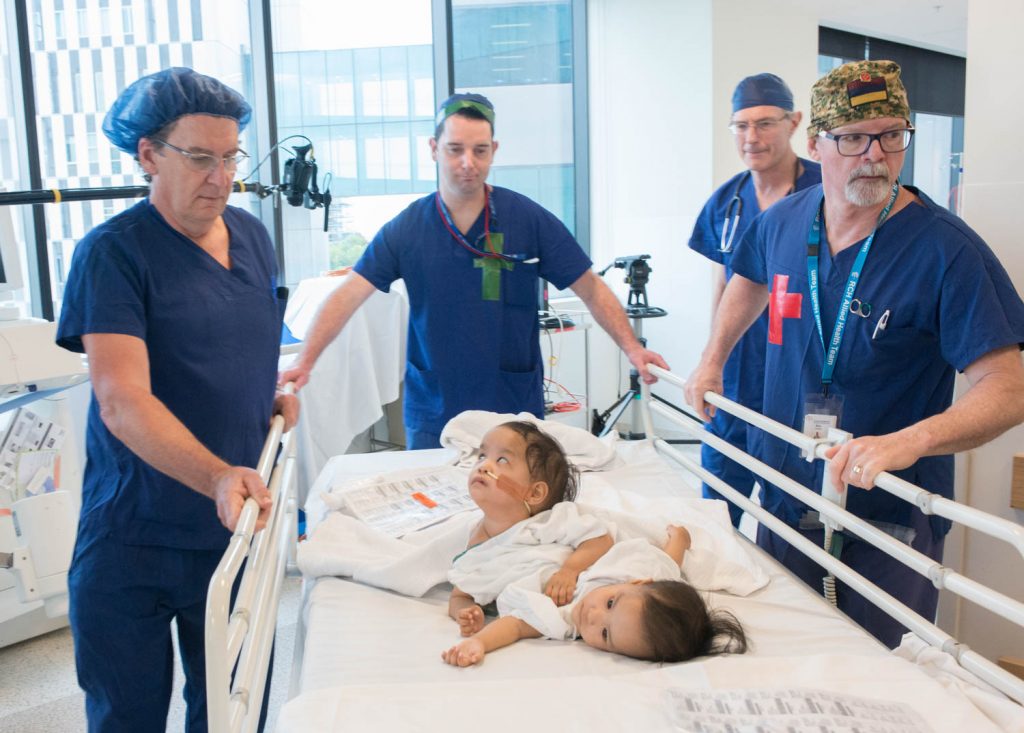
Conjoined Twins Nima and Dawa Palden Separated
Image credit: Alvin Aquino
2019
Cancer-killing CAR T-cell Immunotherapy
This therapy was brought into use at the hospital, making it freely available for the first time in Australia.
2020
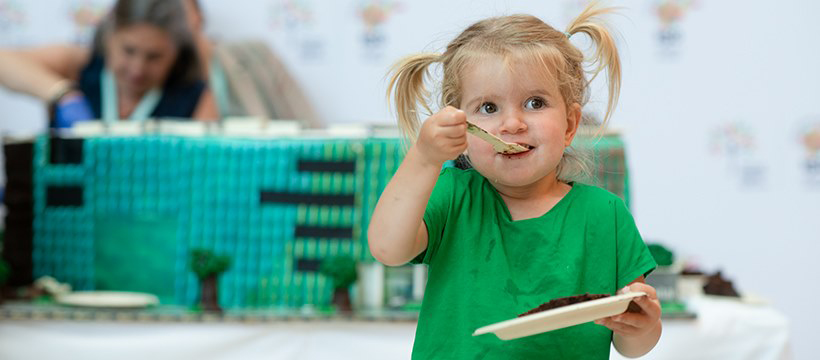
150th Anniversary Since Foundation
The hospital celebrates 150 years of great care for Victorian children.
Image credit: Alvin Aquino




















